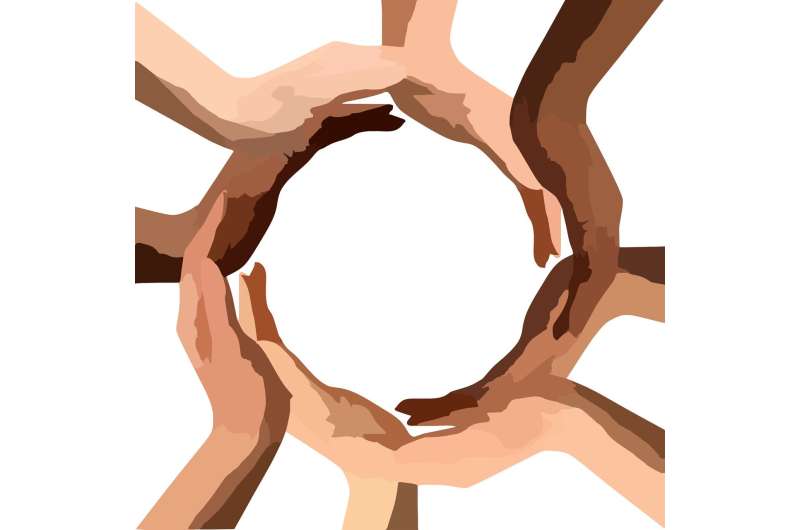Credit: CC0 Public Domain
Reproductive coercion, a form of relationship abuse that includes pressuring a partner to become pregnant when they don't want to be is prevalent among teenage girls seeking care at high school health centers, according to a UPMC Children's Hospital of Pittsburgh study that is published today in the online version of Obstetrics & Gynecology.
"Young women and teens experience relationship abuse at alarming rates," said study co-author Elizabeth Miller, M.D., Ph.D., chief, Division of Adolescent and Young Adult Medicine, UPMC Children's. "In fact, the CDC estimates about 1 in 5 high school girls have experienced physical or sexual dating abuse in the past year."
"We know from previous studies among young adult women that racial disparities in reproductive coercion exist," said lead author Amber Hill, M.S.P.H., an M.D., Ph.D. student at the University of Pittsburgh School of Medicine. "We also know that in studies with adults, women experiencing reproductive coercion use the health care system differently. We wanted to see if this was true with an adolescent population. This is important given the unique aspects of adolescent romantic relationships and the different ways adolescents seek health care when compared to adults."
Reproductive coercion impacts teens as well as adults and leads to poor health outcomes, such as unintended pregnancy and sexually transmitted infections. In studies with adults, researchers have found disparities in reproductive coercion by race and ethnicity. Black and Latina adult women are more likely to experience reproductive coercion than white women.
The study used data from a previously conducted randomized trial at eight school-based health centers in California during the 2012-2013 school year and assessed 550 sexually active female teens ages 14 to 19. This is the largest adolescent study on reproductive coercion and the only one looking at care seeking patterns.
Across all racial groups, approximately 1 in 8 sexually active high school girls had experienced reproductive coercion within the last three months, and about 1 in 6 reported physical or sexual abuse in a relationship in the past 3 months.
Assessing differences by race, the researchers showed that 15 percent of Latina and black girls experienced reproductive coercion, compared to 4 percent of white girls, similar to earlier studies among adult women.
The researchers also explored whether adolescent girls' experiences with relationship abuse or reproductive coercion affected how often and what type of health care they sought at school health centers, and found no differences between girls who experienced abuse compared to those who did not.
"This is different from what we see in studies with adults, where partner violence substantially impacts health care seeking behaviors," said Hill. "Our inability to show distinct patterns for seeking care supports the need for health care providers to always consider whether the young person is experiencing relationship abuse and to offer education and resources about healthy relationships to all of their adolescent and young adult patients."
More information: Reproductive Coercion and Relationship Abuse Among Adolescents and Young Women Seeking Care at School Health Centers. Obstetrics & Gynecology. DOI: 10.1097/AOG.0000000000003374
Journal information: Obstetrics & Gynecology
Provided by University of Pittsburgh




















